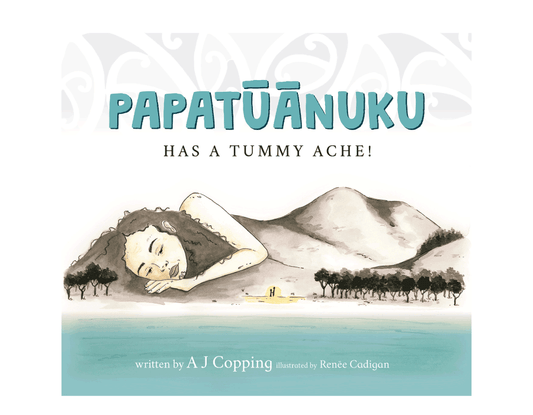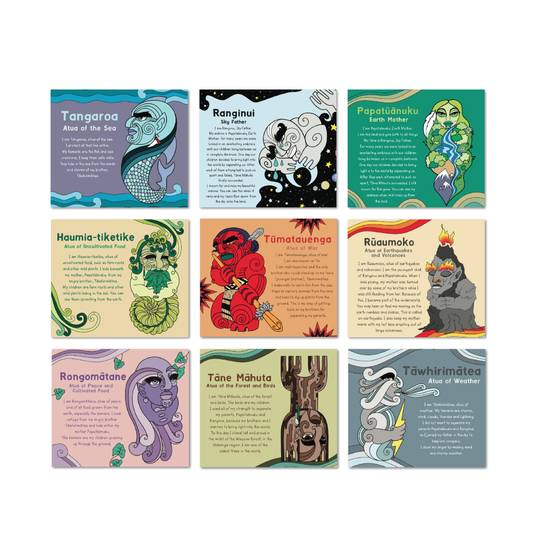Matariki Is Around the Corner, and You’re Probably Starting to Prepare for It! Grab a Cuppa and Read on to Find Out All About What the Stars of Matariki Mean.
We know Matariki is a special time to reflect, remember those who have passed on, a time to gather with whānau and show respect for our environment. And it marks the beginning of the Māori New Year. We’ve created lots of NEW resources to talk about the importance of each star in the constellation of Matariki and their connection to Papatūānuku. Make sure you check them out here.
Every year at winter time a cluster of stars called Matariki is at its brightest. The stars help us to prepare for the year to come and was used as a navigation tool by our tipuna (ancestors). Matariki and the Māori New Year can mean different things to different iwi (tribes/people). Dependant on where you are, you might see different star cluster formations, there may be nine stars or seven stars visible. And some iwi, like Taranaki, observe Puanga (another star cluster).
Each of the stars has a connection to Papatūānuku. Matariki is the whaea (mother) of the cluster of stars. It is believed when Matariki is nice and bright someone who is sick will get better.
Pōhutukawa is one of the oldest stars. She is a constant reminder of loved ones that have passed on and guides them across the night sky for the year.
Tupuānuku looks after everything that grows in the soil that can be harvested, like kai (food), rongoā (medicine), and kākahu (clothing materials). Tupuānuku pays special attention to making sure the soil has everything it needs to help plants grow big and strong.
Tupuārangi is the star that connects to the food that grows above your head, like fruit, berries, and birds.
Waitiī is the star tied to the food that comes from fresh water. She is connected to everything that comes out of our lakes and rivers, like eels and freshwater fish. Then there is the star, Waitā, which is associated with Tangaroa (The God of the Sea) and all the food sources within it. Waitā is also an old word for salt. The reason that Waitī is above Waitā in the constellation is that freshwater always flows down to salt water. These two stars are considered to be twins so when we see these two stars in the sky, we are encouraged to join in and support each other.
Waipuna-a-rangi is tied to the rain. This star nourishes the land and decides what your rain and weather will be like throughout the year. Ururangi also has to do with weather and determines how windy it will be. Ururangi also reminds us that a good attitude is always important. Waipuna-a-rangi and Ururangi have a special relationship and balance each other out. Rain and wind come from above the earth so they are positioned above the other stars.
Hiwa-i-te-rangi or Hiwa, is the youngest star in the cluster. Hiwa grants the “wishes of your heart” and helps us to realise our aspirations for the year coming. When this star is bright you are to plant your feet in the soil and say a karakia (prayer) to help make your wishes come true.
Matariki signifies a time for reflection, a time to remember our whakapapa (genealogy) and remember those who have passed on. It is a time for hope and to gather with others. And it is an important time to celebrate and show respect for our environment.





